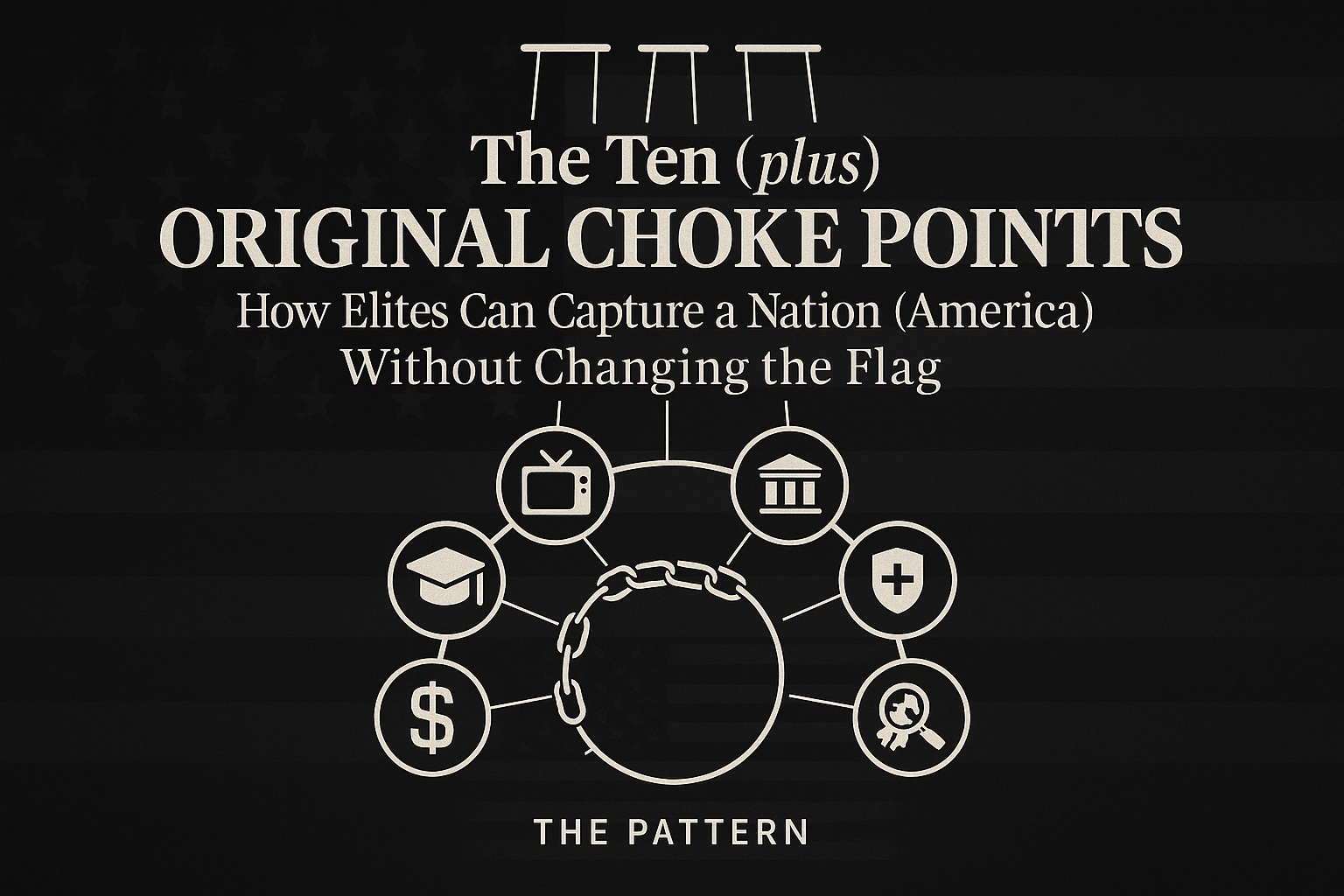Nathan’s Famous, a well-known American brand famous for its hot dogs, has a history of clever marketing tactics, one of which involved using people dressed in white coats to sell their product. This strategy played on the public’s perception of white lab coats as a symbol of authority and trust, particularly associated with doctors and scientists.
The Strategy:
Association with Trust and Authority:
- In the early 20th century, Nathan Handwerker, the founder of Nathan’s Famous, used a marketing tactic that involved hiring men to stand outside his hot dog stand wearing white coats. These men were not doctors, but they were made to look like them to give the impression that Nathan’s hot dogs were a safe, healthy, and high-quality product.
- The sight of people in white coats eating and endorsing the hot dogs made passersby feel more confident about the product’s safety and quality. In an era when food safety was a significant concern, this visual cue helped establish trust with potential customers.
Psychological Impact:
- The use of white coats tapped into the psychology of consumer trust. People tend to trust those who appear to have expertise or authority, and the white coat is a powerful symbol of that trustworthiness. By associating their hot dogs with this symbol, Nathan’s Famous could subtly influence consumers’ perceptions.
- The tactic also added an air of sophistication and credibility to the humble hot dog stand, making it stand out from competitors.
Successful Outcome:
- This marketing tactic was highly successful and contributed to the rapid growth of Nathan’s Famous. It helped the brand build a reputation for quality, which was crucial in an industry where trust was paramount.
- Nathan’s Famous became an iconic brand, known for its delicious hot dogs and clever marketing strategies.
Nathan’s Famous effectively used the power of suggestion and the symbolic authority of white lab coats to market their hot dogs as a high-quality, trustworthy product. This strategy not only boosted sales but also helped the brand establish a lasting reputation in the competitive food industry. It’s a classic example of how visual cues and psychological tactics can be used to influence consumer behavior.
As we can see how this marketing ploy worked to sell food, especially hot dogs. Now lets move into how people can be psychologically coerced and motivated to harm another person under the supervision and authority of someone wearing a white lab coat called the Milgam Experiment.
The Milgram experiment, conducted by psychologist Stanley Milgram in the early 1960s, was a series of social psychology experiments designed to study obedience to authority. The outcome of the Milgram experiment revealed surprising and unsettling insights into human behavior.
Overview of the Experiment:
- Participants: Volunteers were recruited under the pretext of participating in a study on learning and memory.
- Setup: The experiment involved three roles: the “experimenter” (authority figure), the “teacher” (actual participant), and the “learner” (an actor, or confederate, pretending to be another participant).
- Procedure: The teacher was instructed to administer increasingly severe electric shocks to the learner each time the learner made a mistake on a memory task. The shocks were not real, but the teacher was unaware of this.
- Authority Pressure: The experimenter, wearing a lab coat, would prompt the teacher to continue administering shocks, even when the learner (who was actually acting) began to express pain, begged for the shocks to stop, or went silent, suggesting they were unconscious or worse.
Findings:
High Levels of Obedience:
- Surprising Compliance: A significant proportion of participants were willing to administer what they believed were potentially lethal electric shocks to the learner, simply because an authority figure instructed them to do so.
- 65% Obeyed Fully: About 65% of the participants continued to administer shocks up to the maximum voltage of 450 volts, despite hearing the learner’s (simulated) screams and protests, and even when the learner stopped responding entirely.
Tension and Stress:
- Emotional Conflict: Many participants displayed signs of extreme stress and discomfort during the experiment, such as sweating, trembling, stuttering, and nervous laughter, indicating a significant internal conflict between their moral judgment and the authority’s demands.
- Reluctance, But Still Obedience: Even though many participants expressed reluctance or asked to stop, they often continued when the experimenter insisted, showing the powerful influence of authority on behavior.
Insights into Authority and Obedience:
- Power of Authority: The experiment demonstrated that people are likely to follow orders from an authority figure, even when those orders conflict with their personal conscience.
- Social Conditioning: It suggested that obedience to authority is deeply ingrained, likely due to social conditioning, where individuals are taught from a young age to obey rules and those in power.
Ethical Implications:
- Ethical Controversy: The experiment raised significant ethical questions about the treatment of participants in psychological studies, particularly regarding the emotional distress caused by the experiment.
- Influence on Ethical Standards: The controversy surrounding the Milgram experiment led to the development of stricter ethical guidelines in psychological research, emphasizing the need for informed consent, the right to withdraw, and the importance of debriefing.
Impact & Legacy:
- Understanding Human Behavior: The Milgram experiment is one of the most famous and influential studies in psychology, offering profound insights into the nature of obedience and authority.
- Applications: The findings have been used to understand historical events in which ordinary people committed atrocities under orders and have been referenced in discussions about authority, conformity, and ethical responsibility in various contexts.
- Ongoing Relevance: The experiment continues to be cited in discussions about how people respond to authority, and its implications are still considered relevant in understanding human behavior in situations involving power dynamics.
The statement “We were following orders” completes and connects the Milgram experiment in justifying following and complying with authoritarian figures.
Are we falling into the religion of authority?

What other uniforms and authority figures does the Milgram concept work on? Police, military, firefighters, and other government officials?

In summary, the Milgram experiment revealed that ordinary people can commit harmful acts when instructed by an authority figure. This highlights the powerful influence of authority on human behavior and raises important ethical questions in psychological research.







